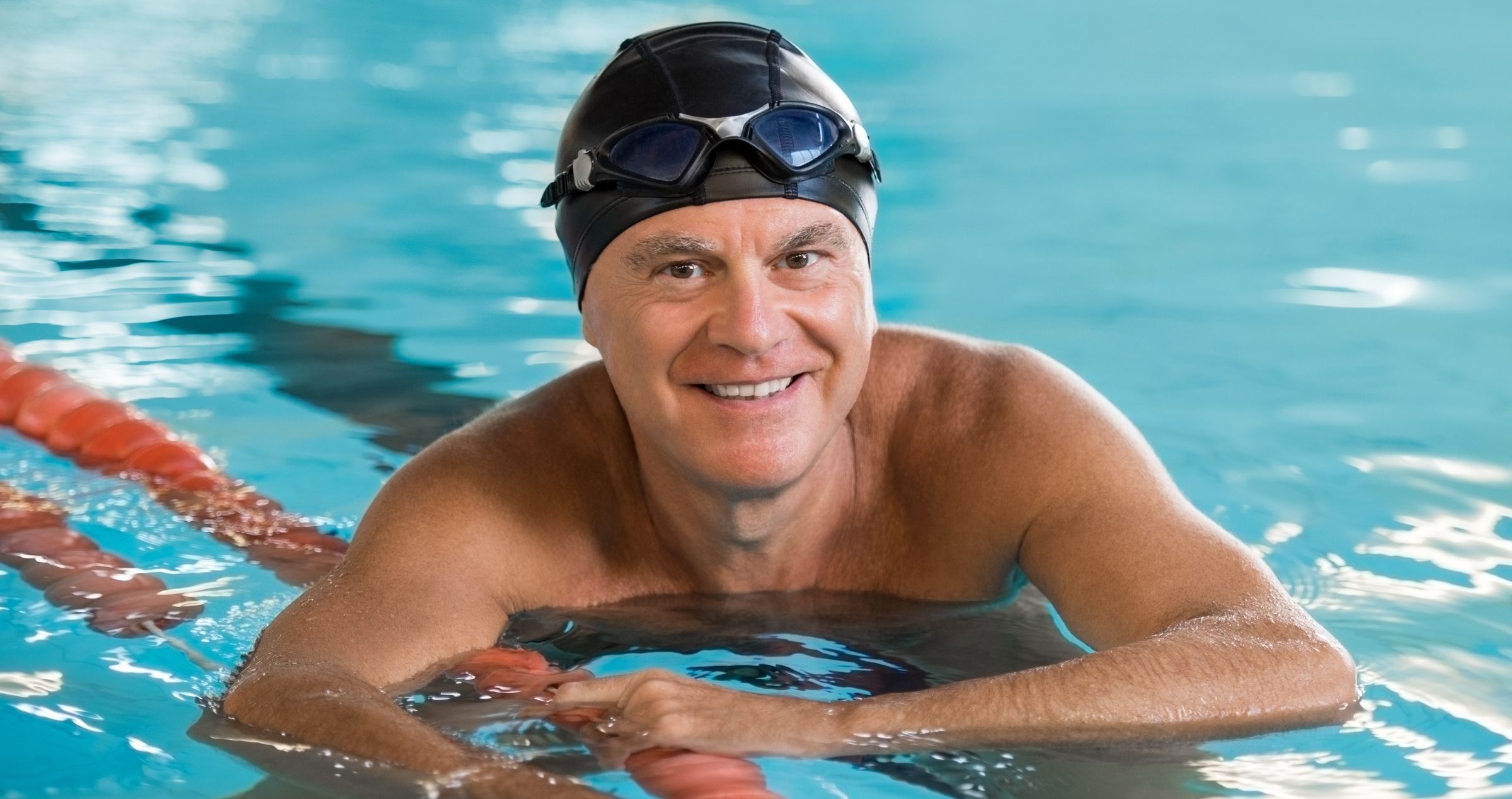Share
Swimming goggles form a tight space around our eyes and an individual’s IOP may increase by 4-5mmHg (approximately a 20–30% increase) while wearing swim goggles. The tighter the goggles, or the smaller they are relative to the eyes, the more likely the swimming goggles will increase IOP. Thus, there have been suggestions that wearing swimming goggles could worsen glaucoma or increase glaucoma risk.

We examined the eyes of 231 swimmers who routinely wear goggles while swimming and 118 non-swimmers. Not only did we find no difference in IOP or retinal nerve fibre layer between groups, we also did not find any difference in rates of glaucoma diagnosis between swimmers and non-swimmers. Neither the type or size of the swimming goggles worn nor the number of years swimming goggles had been regularly used affected the eye measures or glaucoma diagnosis.
Any effect of wearing swimming goggles on the IOP is only temporary, and the IOP returns to baseline immediately after removal of goggles. Most swimmers, unless they are Michael Phelps, only wear swimming goggles for a couple of hours each day, so it is unlikely to cause glaucoma. In fact, regular participation in swimming, or any aerobic exercise, may reduce IOP and protect against glaucoma.




